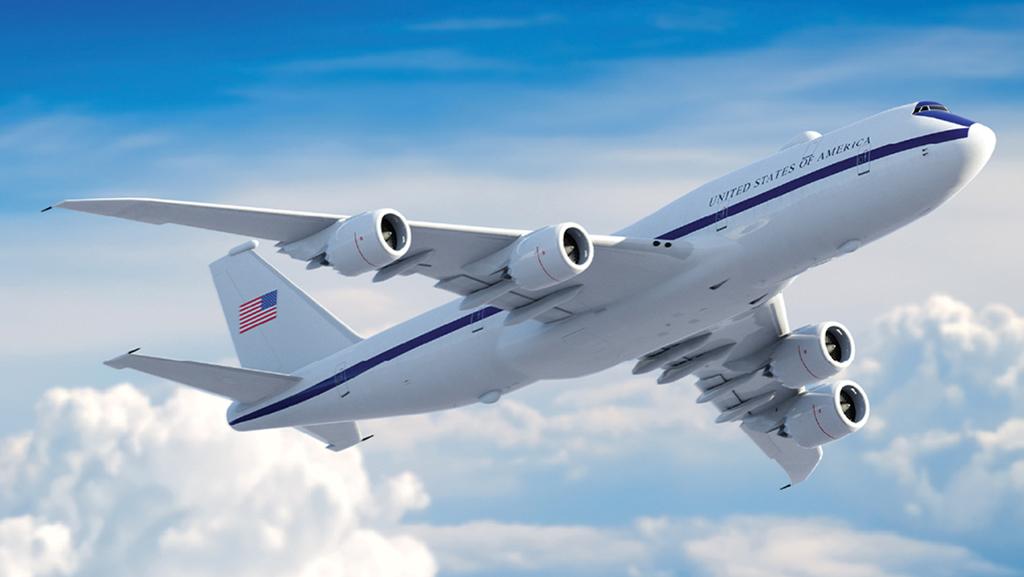
The U.S. Air Force’s plans for a new doomsday plane are about to take shape in Dayton, Ohio.
Credit: Sierra Nevada Corp.
A baby-blue Boeing 747-8I recently retired from Korean Air is about to touch down at Dayton International Airport in Ohio to begin its transformation into the U.S. Air Force’s next airborne nuclear command post. Sierra Nevada Corp. (SNC) in April won the Survivable Airborne Operations Center (SAOC)...
The Air Force’s Next Doomsday Fleet Takes Shape is part of our Aviation Week & Space Technology - Inside MRO and AWIN subscriptions.
Subscribe now to read this content, plus receive full coverage of what's next in technology from the experts trusted by the commercial aircraft MRO community.
Already a subscriber to AWST or an AWIN customer? Log in with your existing email and password.





